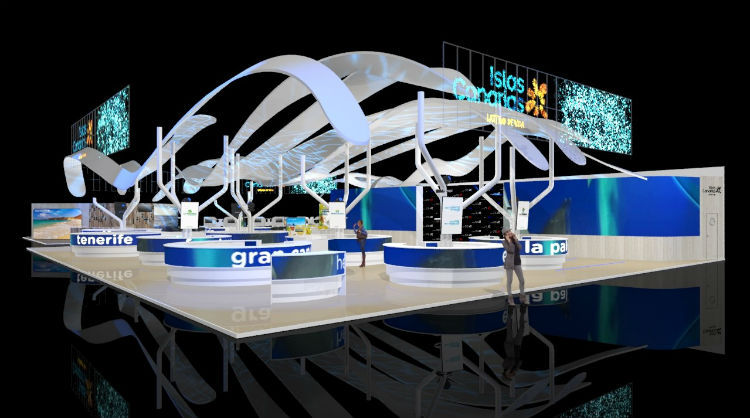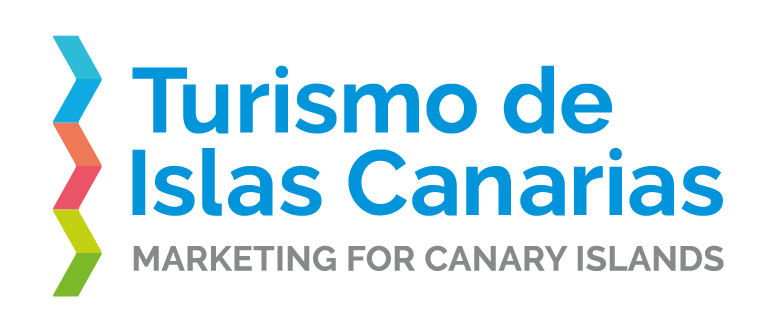
- English
- Español
The Canary Islands go to FITUR with a busy work schedule aiming to build up connectivity and strengthen bonds with tour operators

The Canary Islands go to a new edition of the Madrid International Tourism Fair (FITUR) from 23rd to 27th January, a “must” when it comes to highly valuable professional meetings. So much so, that in the next few days, Promotur Turismo de Canarias will have a busy work schedule meeting with the main agents within the sector in order to develop connectivity and strengthen bonds with the main international tour operators. All of it with the intention to inform agents, tour operators, airlines and national and international tourism businesspeople of the different holiday destination options.
The presence of the Canary Islands in FITUR this year, stands out also for a highly positive balance regarding the Spanish market, with a closing forecast for 2018 that adds up to more than 1,700,000 tourists, which means an increase of 5% with regard to last year. This figure partially compensates for the decrease in other markets, for a 3%, therefore, the year will close with figures of 15.5 million tourists, the second best year in the tourist history of the Canary Islands.
With regard to the perspectives of Spanish tourism for 2019, it’s looking up, and growth is predicted to go up further throughout the year. In this regard, FITUR is, without a doubt, an excellent chance to get on to the next tourist season.
A pavilion with great visual potential
The pavilion of the Canary Islands in FITUR has 1425 square metres and besides how spectacular the pictures look in such a large screen, another important aspect is that it offers the chance to measure which pictures have a higher impact on the audience by means of sensors. The different images include the sea, beaches and also sports that people can do in the Canary Islands all year round.
The stand mainly stands out because of how visual it is when visitors come to it. Also, there are different areas, although connected among each other, and the work area fits 44 individualised boxes and working tables for 120 people, in order to meet the needs of Canarian tourist operators. Furthermore, there is a complementary area where the Canary Islands will set up the Asociación de Municipios Turísticos, AMTC (tourist municipalities association), for municipalities and cabildos to be able to hold meetings and presentations there.
There are also unexpected animation surprises throughout the weekend, as well as the traditional natural juice, wine and cheese corner. There will also be showcooking, tastings and music for the non professional audiences, the final customers, so they can also get to know what they can have access to in the Canary Islands. Students from Hoteles Escuela de Canarias (HECANSA), as well as the Consejería de Agricultura, Ganadería, Pesca y Aguas a través del Instituto Canario de Calidad Agroalimentaria (ICCA) and Gestión del Medio Rural de Canarias (GMR) as part of the project “Crecer Juntos” (growing together), will take part in these activities, resulting in joint efforts between the tourist and the primary sectors.
There are around 600 companies enrolled at the pavilion of the Canary Islands, 85% funded by the European Regional Development Fund (FEDER), represented by 1,181 participants, which means an increase when compared to last years’ figures (in 2018 there were 511 companies and 985 visitors).
400 square metres for graphic supports
The graphic supports add up to more than 400 square metres out of which 120 of them are for images on light boxes; 100 for transparent holographic LED screens; 124 for videowalls, showcases and boxes; and 16 for a screen you can step on to measure emotions.
The visual elements are projected onto five 20-square-metre large screens and the moving images seem suspended in the air, floating over like a wave. There are also changing colour lights on the pavement also reminding us of the shades of the ocean, the vegetation and the volcanic origin of the islands.









 Return
Return